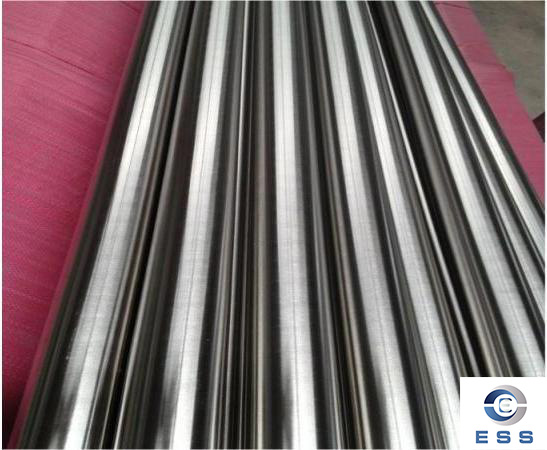Key points of stainless steel pipe welding

1. The stainless steel pipe adopts a power supply with vertical external characteristics, and the positive polarity is used for DC (the welding wire is connected to the negative pole).
2. Generally suitable for welding thin plates below 6mm, with the characteristics of beautiful welding seam shape and small welding deformation.
3. The protective gas is argon with a purity of 99.99%. When the welding current is 50-50A, the argon gas flow is 8-0L/min, and when the current is 50-250A, the argon gas flow is 2-5L/min.
4. The protruding length of the tungsten electrode from the gas nozzle is preferably 4-5mm. In places with poor shielding such as fillet welds, it is 2-3mm. In places with deep grooves, it is 5-6mm. The distance from the nozzle to the work generally does not exceed 5mm.
5. In order to prevent the occurrence of welding pores, any rust, oil stains, etc. on the welding parts of stainless steel pipes must be cleaned.
6. The length of the welding arc is preferably 2-4mm when welding ordinary steel, and 3mm is optimal when welding stainless steel pipes. If it is too long, the protection effect will be poor.
7. During butt bonding, in order to prevent the back side of the bottom weld bead from being oxidized, the back side also needs to be protected by gas.
8. In order to make the argon gas well protect the welding pool and facilitate the welding operation, the center line of the tungsten electrode and the workpiece at the welding location should generally maintain an 80-85° angle, and the angle between the filler wire and the surface of the workpiece should be as small as possible. Generally around 0°.
9. Windproof and ventilated. In windy places, netting is needed to reduce the attack of wind, while indoors, proper ventilation should be adopted.













 Eastern Steel Manufacturing Co.,Ltd not only improve product production and sales services, but also provide additional value-added services. As long as you need, we can complete your specific needs together.
Eastern Steel Manufacturing Co.,Ltd not only improve product production and sales services, but also provide additional value-added services. As long as you need, we can complete your specific needs together.










